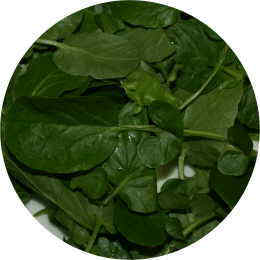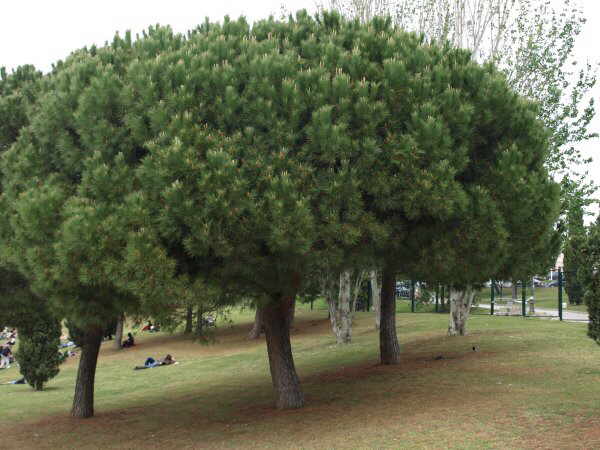Contents
Properties, uses and effects of LSD
LSD CHARACTERISTICS
What is LSD?
LSD is lysergic acid diethylamide.
It was discovered by Albert Hoffman, a Swiss chemist, in 1938.
It’s part of all psychotropic hallucinogens, among them we also have peyote and some hallucinogenic mushrooms
Its formula is C20H25N3O
How is LSD obtained?
It is obtained from lysergic acid a principle found initially in rye, caused by the fungus Claviceps purpurea that develops in the ears of this cereal. It has a very similar structure to other drugs that produce hallucinatory effects such as:
- Harmine: alkaloid that can be obtained from the oxidation of harmal (Peganum harmala) or caapi Banisteriosis a vine used by the natives of the Andes in their ceremonies.
- Bufotenine; less potent alkaloid that can be achieved by various sources, from skin secretions of toad or Amanita muscaria.
- Psilocybin, which is extracted from the Mexican mushroom Psilocybe mexicana and which has effects similar to LSD
Properties of LSD
Like the previous drugs, is it still not known exactly how LSD works, although it is believed that it somehow neutralizes the properties of the neurotransmitter serotonin.
It is the most powerful hallucinogenic drug with effects lasting up to 12 hours.
What is LSD used for?
Medically it is used for the following purposes:
- To produce mental states resembling schizophrenia, in order to investigate them.
- Neurosis unresponsive to other treatments
- Treatment of pain in terminal cancer patients
- In infantile autism
- In alcoholism
At the end of the twentieth century all of these uses were abandoned when scientist realized this drug did not solved any of the research objectives.
Illegal uses of the LSD
Its use outside the field of medicine was widespread in certain social settings, in the 1960 – 70, as part of the hippie counterculture movement. LSD was considered a a part of their inspiration, especially in what was called Acid Rock which attempted to depict in its concerts the mental states that this drug produced.
During the years 1950 to 1960 it was usually adulterated or substituted for phencyclidine (PCP), an anesthetic specially designed for the veterinary and subsequently had great popularity among the youth who called it “angel dust.” Young people consumed it as an illegal drug for its hallucinogenic powers which are very powerful.
The LSD was severely repressed from the 70’s on the ground that produced extensive damage in the minds and chromosomes.
Effects of taking LSD
The statements of people who tested the drug range from those that claim to have experienced more pleasant feelings (commonly known as a “good trip“) to those who claim to have experienced the most horrible nightmares. (“Bad trip“) to the point of serious permanent psychological consequences.
The use of this drug does not seem to influence the physical aspect as it does with the psychological one.
Although there is no defining evidence to conclude that this substance produces physical ailments, there is demonstrated evidence of its negative influence on the psyche, especially in regard to producing to many consumers recurring episodes of anxiety, depression or schizophrenia.
The constant changes of mood among those who ingest it can be very variable. It usually arouses episodes of violence towards those who surround the consumer.
Equally well known are the episodes in which patients remember the negative experiences of a “bad trip.” These psychotic reactions can be recurring over several days.
LSD, for its ability to produce contractions in the uterus of women, can cause abortions.
![]() More information on drugs
More information on drugs








